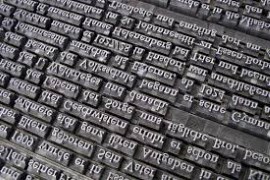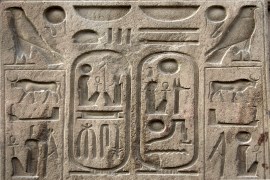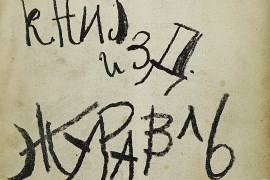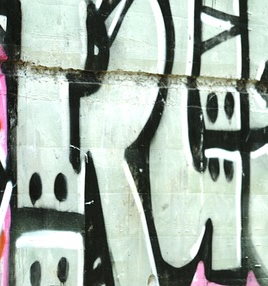Livre | Chapitre
Ingarden, inscription, and literary ontology
pp. 131-157
Résumé
It would be both presumptuous and futile to attempt within the space of a short essay an adequate critical exposition and assessment of Roman Ingarden's theory of on-tological status of the literary work of art. For Ingarden's theory, extensively articulated in The Literary Work of Art and still further developed in the The Cognition of the Literary Work of Art, is probably the most complex, detailed, and exhaustive account ever to be given of the ontological nature of the literary work of art.1 In this paper, therefore, I shall concentrate my critical scrutiny on one rather narrow and apparently minor aspect of Ingarden's theory. Indeed, one might waggishly say that I shall be concentrating on an ontological aspect of the literary work which does not really exist for Ingarden, an aspect which he explicitly and repeatedly rejects from the ontological make-up of the literary work of art. I refer to the visual or graphic dimension of the literary work; and I mean by this not the visual imagery which the work's words evoke, by simply the written, printed, or (as we shall for convenience generally denote it) the inscribed form of the text.
Détails de la publication
Publié dans:
Dziemidok Bohdan, McCormick Peter (1989) On the aesthetics of Roman Ingarden: interpretations and assessments. Dordrecht, Springer.
Pages: 131-157
DOI: 10.1007/978-94-009-2257-0_6
Citation complète:
Shusterman Richard, 1989, Ingarden, inscription, and literary ontology. In B. Dziemidok & P. Mccormick (eds.) On the aesthetics of Roman Ingarden (131-157). Dordrecht, Springer.










